The Evolutionary History of Stars and the Synthesis of Heavy Elements
The Evolutionary History of Stars and the Synthesis of Heavy Elements
Stars have existed for nearly the entire history of the universe, evolving through different generations as the chemical composition of the cosmos changed over billions of years. Understanding the distinctions between these generations provides insight into stellar evolution, supernovae, and the origins of elements.
A Universe in Three Acts: Population III, II, and I Stars
Population III Stars:
The earliest stars formed around 100-250 million years after the Big Bang out of primordial gas containing only hydrogen, helium, and traces of lithium. Without heavier elements, the gas could collapse under gravity into massive stars up to 300 times the mass of our Sun.

These first-generation Population III stars relied solely on the proton-proton chain and carbon-nitrogen-oxygen cycles to power hydrogen fusion in their cores, building up helium. Their extreme mass and luminosity made them short-lived, exhausting their fuel in under 10 million years.

When sufficiently massive Population III stars died as supernovae, they dispersed the first heavier elements into the universe, providing the ingredients for the next generation of stars. But many questions remain about the properties and origins of the first stars.
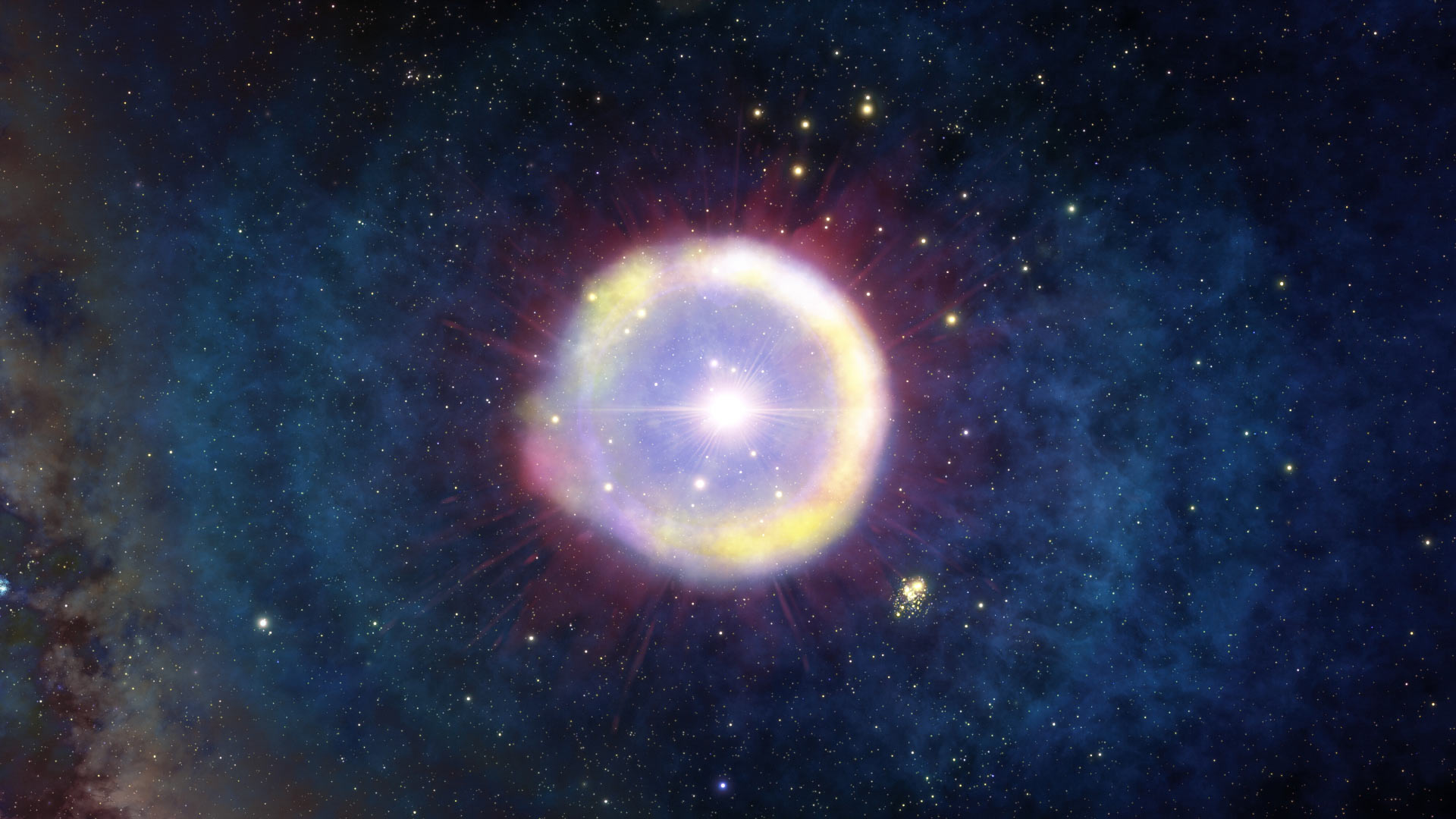
Formation of Population III Stars
In the early universe, dark matter provided gravitational potential wells that allowed gas to accumulate and form the first stars. But without metals, gas could not efficiently cool and fragment into lower mass units. The initial mass function of Population III stars is uncertain, but simulations suggest a top-heavy distribution biased toward high stellar masses up to the theoretical limit of 300 solar masses.
The first stars likely formed individually, each in its own minihalo of dark matter and primordial gas. As they ignited, their UV radiation ionized and reheated the surrounding gas, suppressing nearby star formation. This helped Population III stars form in isolation or wide binary pairs, rather than large clusters.
Protostellar Evolution and Main Sequence Lifetimes
As primordial gas clouds collapsed, the initial protostellar phase was governed by H2 molecular cooling. Once sufficient mass accumulated and core densities and temperatures rose, H2 dissociated, slowing cooling. At this stage, contraction proceeded quasi-statically along the Hayashi track.
When the core reached approximately 2000 K, deuterium burning began, re-igniting collapse towards the main sequence. Models suggest Population III stars reached the main sequence at masses around 100 solar masses.
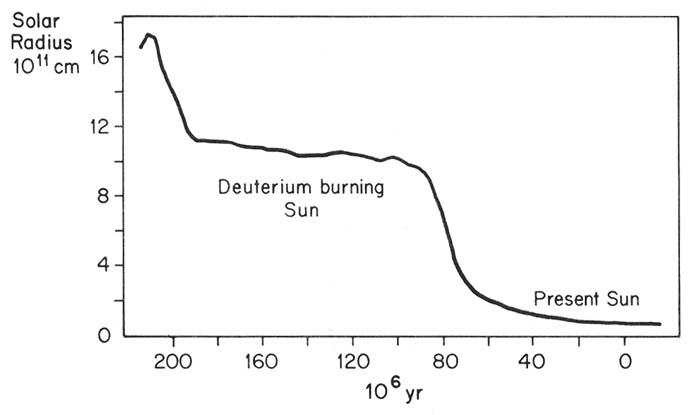
On the main sequence, Population III stars converted hydrogen to helium via the proton-proton chain and CNO cycle. Energy generation was proportional to the mass dependence of these fusion processes. Their high surface temperatures of 100,000 K produced a peak blackbody emission in the UV.
Stellar evolutionary models estimate Population III lifetimes ranging from 2.5 million years for a 300 solar mass star to 10 million years for one around 100 solar masses. More massive stars burned faster and thus had shorter main sequence phases. Radiative losses also increased with stellar mass.
Late Stages and Supernovae
Following hydrogen exhaustion in their cores, Population III stars transitioned to shell burning and contraction. Helium burning initiated as the core contracted and heated up further. Stars above 100 solar masses ignited carbon fusion as well.
The most massive Population III stars shed their outer envelopes via pulsational mass loss episodes. This exposed hot, blue cores which then underwent collapse and exploded as supernovae. Stars from 140-260 solar masses likely met this fate as luminous blue variable supernovae. Above 260 solar masses, they totally collapsed into black holes.
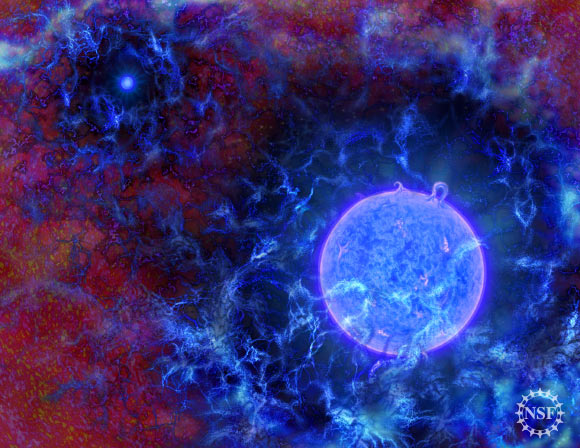
In slightly less massive stars between 65-140 solar masses, oxygen and silicon burning occurred before the core collapsed, leading to extremely energetic hypernovae. Meanwhile, stars below 65 solar masses ended as iron core-collapse supernovae.
The Role of Supernovae in Chemical Enrichment
When sufficiently massive Population III stars died as supernovae, they dispersed the first heavier elements into the universe, providing the ingredients for the next generation of stars.
During stellar burning phases, Population III stars built up helium, carbon, oxygen, neon, magnesium, silicon, sulfur, and some calcium in their cores. Explosive burning during supernovae then synthesized elements from silicon to iron via neutrino interactions and neutron capture processes.
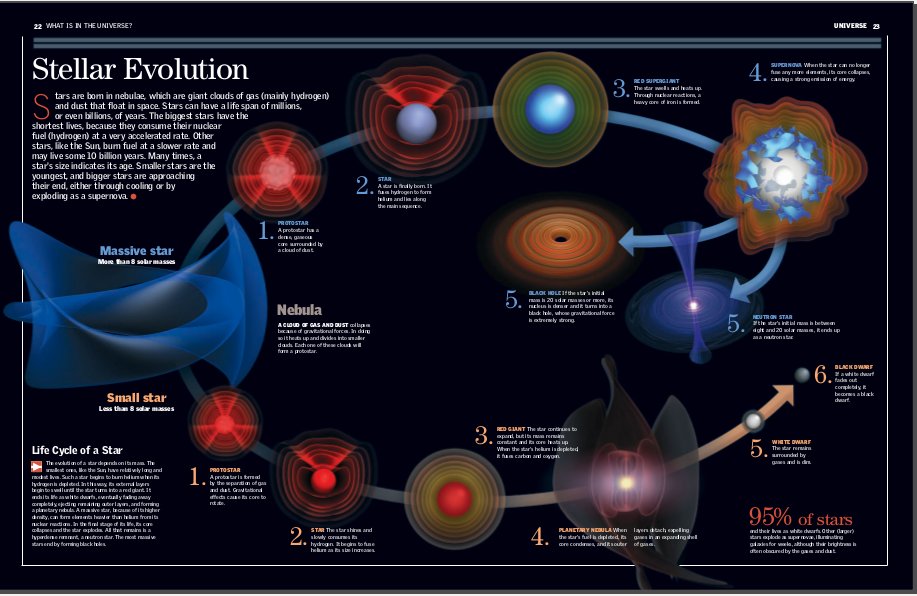
The extreme temperatures and neutron fluxes of Population III supernovae could also produce some r-process elements heavier than iron, up to uranium and plutonium. Their asymmetric, jet-driven explosions may have enabled stronger r-process production.
Precise yields calculations are uncertain due to the complexity of modeling supernova physics. But it is clear that the first supernovae played a pivotal role in enriching the early universe with an initial burst of new elements dispersed into the intergalactic medium.
Population II Stars:
The gas clouds that gave birth to second-generation Population II stars were slightly enriched by the newly synthesized elements from Population III supernovae. These included small quantities of carbon, oxygen, silicon, iron, and other trace metals.
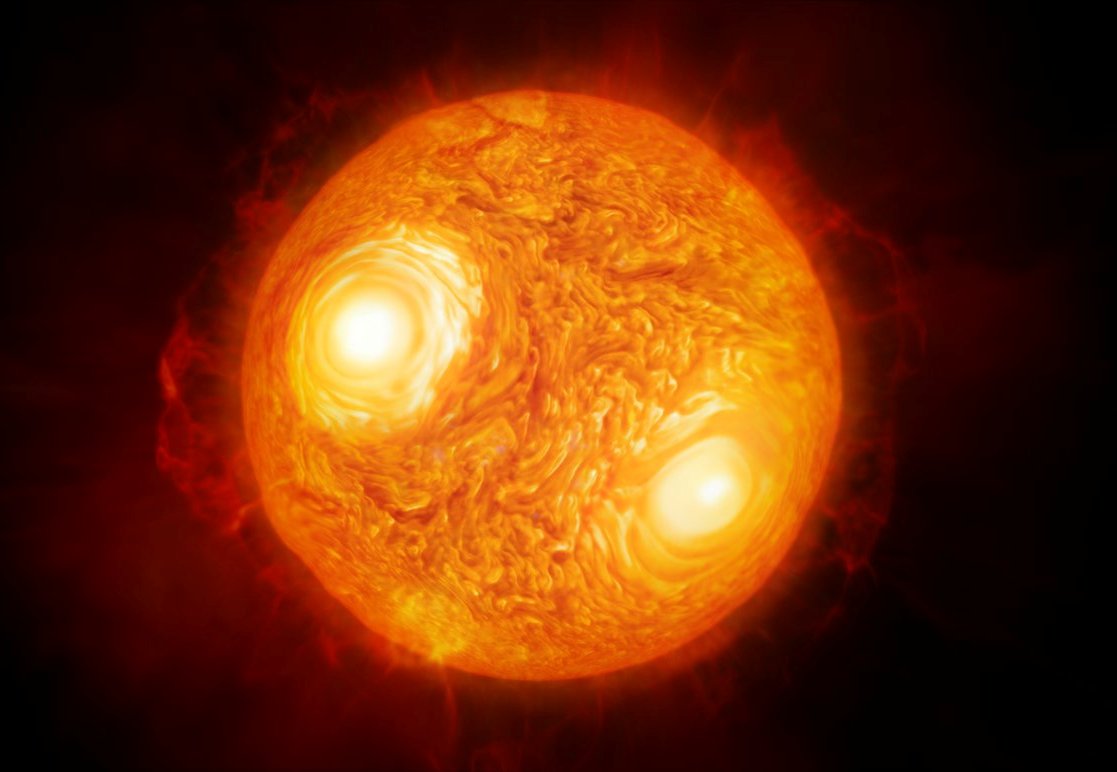
With metals available, the gas could cool and collapse into smaller, longer-lived stars occurring in clusters and galaxies. The enriched gas also allowed for fragmentation into multiple stars with a range of lower masses.
Properties of Population II Stars
The metallicity of Population II stars is estimated to range from 0.1% to 1% of the solar value based on observations of metal-poor halo stars in the Milky Way. Old globular clusters contain some of the most pristine Population II stars known.
With scant metals, the initial mass function was still biased toward larger stars than today, with a peak around 10-50 solar masses. Average lifetimes were several million years on the main sequence.
The oldest Population II stars had enhanced abundances of alpha process elements (carbon, oxygen, neon, magnesium, silicon, sulfur) relative to iron peak elements. This supports origins from Population III supernovae yields.
Stellar Evolution and Death
Fusion of helium into carbon and oxygen occurred in Population II stars over 10 times the mass of the Sun. Those between 0.5-10 solar masses later formed planetary nebulae and white dwarfs. Higher mass stars fused advanced stages up to iron (if above 8 solar masses) before exploding as core-collapse supernovae.
The properties of these supernovae were different than modern ones due to lower mass loss from weaker stellar winds in low metallicity stars. They retained more mass until death and exploded more vigorously as Type Ib, Ic, and II supernovae.
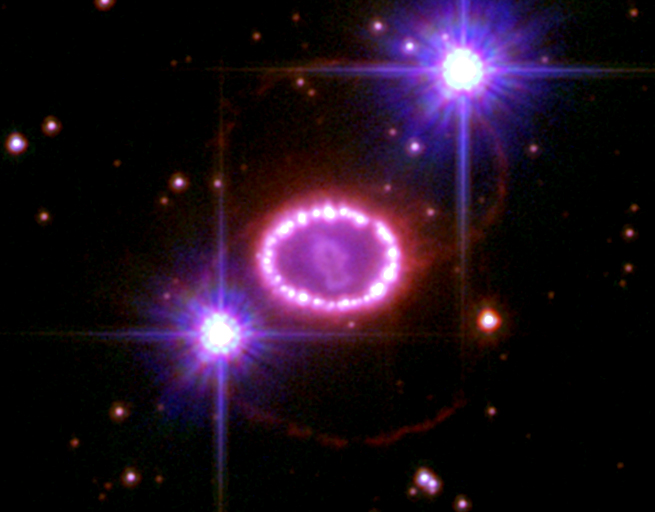
Contributions to Chemical Enrichment
Population II supernovae continued the buildup of elements beyond helium, producing magnestum, silicon, sulfur, calcium, and iron group elements. The ejected material contained perhaps 10% of the metal content found in the Sun.
Some r-process elements were formed in Population II stars. Lower metallicity leads to more neutron-rich environments favoring the r-process. Evidence comes from old stars enhanced in europium, produced via the r-process.
With each generation of stars, the cosmic abundance of metals gradually increased. The cycle of star birth, fusion nucleosynthesis, death, and the dispersal of material back into the interstellar medium collectively enriched galaxies over billions of years.
Transition to Population I
After several cycles of Population II and III star formation, death, and chemical enrichment, the composition of gas in galaxies had built up sufficient metals for the formation of modern stellar populations.
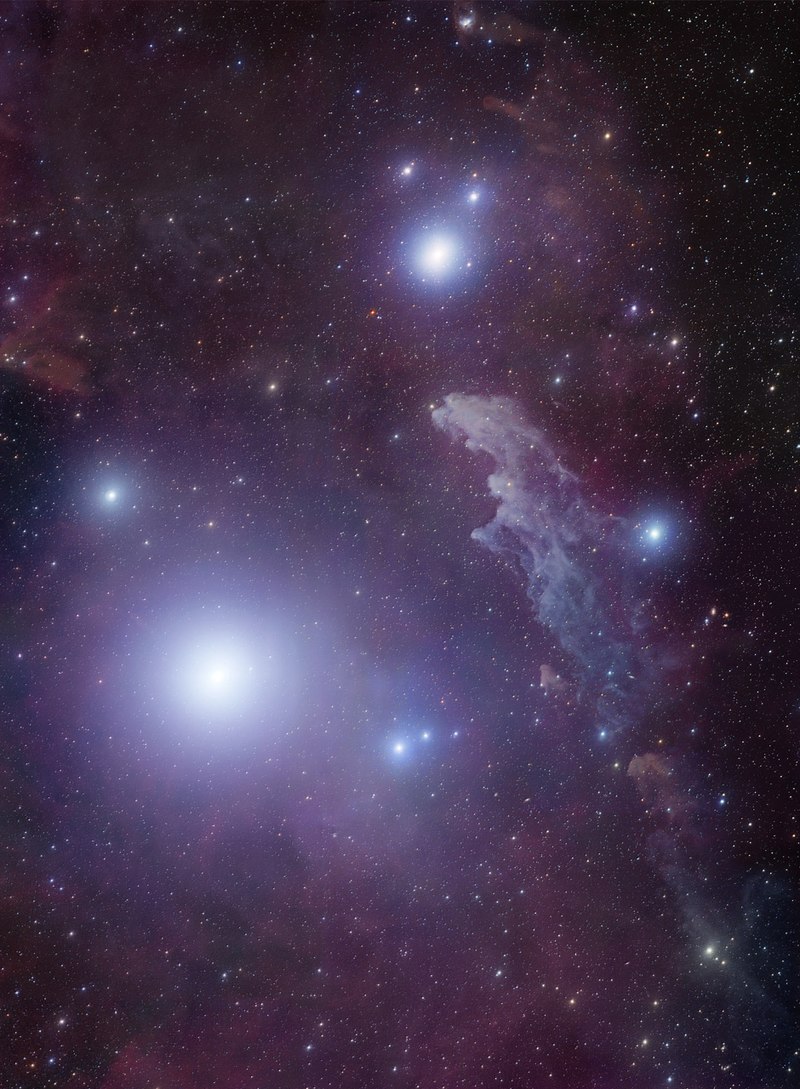
The Sun’s metallicity represents the cumulative history of nucleosynthesis from all past generations of stars. Higher overall metallicity allowed efficient cooling, leading to lower stellar masses, longer lifetimes, and more complex chemistry.
Population I Stars:
Modern Population I stars like our Sun formed more recently from interstellar gas enriched with a full range of metals. This allowed for further cooling and fragmentation of gas clouds, producing the stellar populations and distributions we observe in the Milky Way today.
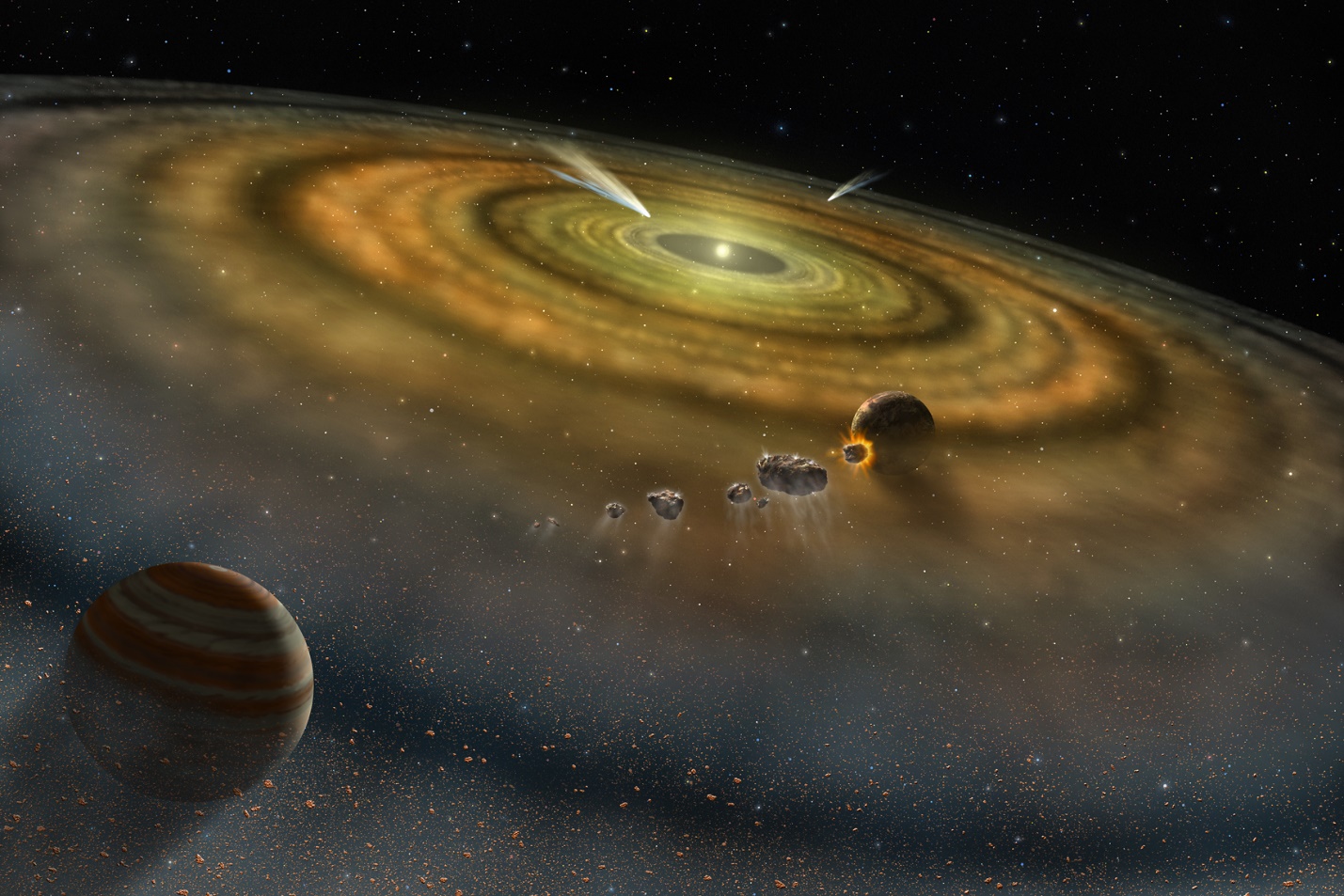
While the Population II mass distribution peaked around the tens of solar masses, Population I stars show a peak closer to 1 solar mass. Our Sun itself has a mass of 1.0 solar masses.
The high metallicity of Population I stars also enabled the formation of extensive planetary systems around them. Elements like iron, silicon, magnesium, oxygen, and carbon provide the building blocks for rocky terrestrial planets and the cores of gas giants.
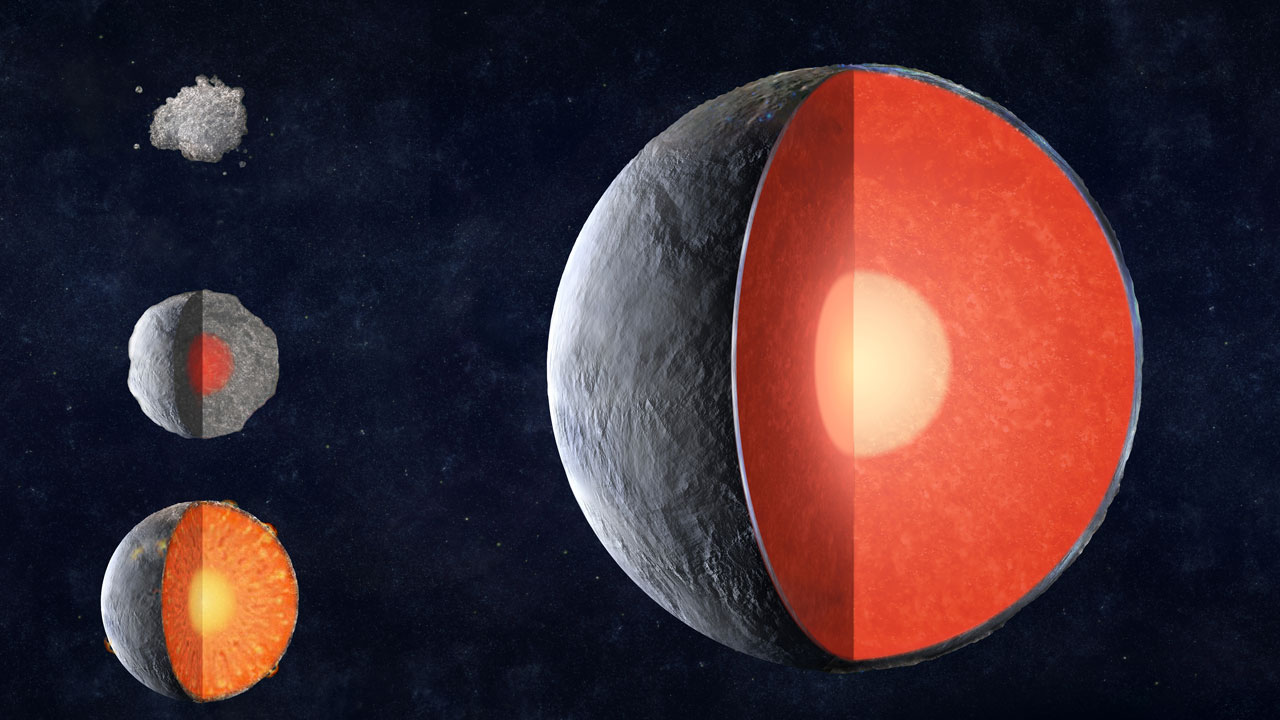
Stellar Properties and Lifespans
Our Sun currently fuses hydrogen into helium via the proton-proton chain in its core, and will continue normal hydrogen burning for 10 billion years. As intermediate-mass stars with longer lifetimes, Sun-like stars enrich the Milky Way with elements up to iron through stellar winds.
More massive Population I stars have shorter lifespans of a few million to a few hundred million years. The upper mass limit for main sequence stars today is around 120-150 solar masses, above which they become unstable due to radiation pressure.
Our Sun will eventually exhaust its core hydrogen and expand into a red giant phase. As it evolves, the Sun will fuse helium, carbon, neon, oxygen, and silicon, producing elements up to iron in its interior.

Fates of Low and High Mass Stars
Low mass Population I stars below 8-10 solar masses will form planetary nebulae and white dwarfs once they evolve off the main sequence. This includes stars like our Sun. The ejected outer layers enrich the interstellar medium with lighter elements built up during hydrogen and helium fusion. In the process they will expand and likely envelope the inner planets. We suspect this is what will happen to earth.
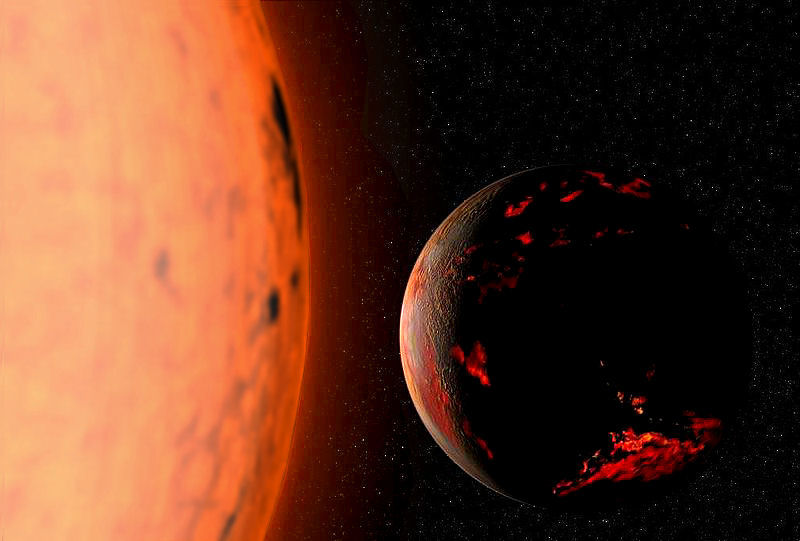
More massive stars end their lives explosively as core-collapse supernovae, dispersing elements from oxygen up to the iron group. Above 8 solar masses, neon and oxygen burning occur before collapse. Stars above 10 solar masses also fuse silicon. The most massive stars experience complete collapse to a black hole.
Origin of the Heaviest Elements
While light elements up to iron can form through fusion in stellar interiors, the origin of elements heavier than iron requires extremely energetic environments. Elements from cobalt to uranium are created through neutron capture processes.
The slow neutron capture process, or s-process, occurs in lower mass stars and produces about half of elements beyond iron over multiple red giant phases. But the more significant rapid neutron capture process, or r-process, requires supernovae or neutron star mergers.
In core-collapse supernovae of massive stars, neutron-rich ejecta enables rapid capture of neutrons onto seed nuclei, building up heavy r-process elements. Neutron star collisions also provide suitable conditions for robust r-process element production.
Impact on Chemical Evolution of Galaxies
Over the 13.8 billion year history of stars in our universe, stellar nucleosynthesis has progressively built up the periodic table by fusing lighter nuclei into heavier elements.

The unique conditions in each generation of stars and their deaths as supernovae contributed to element production:
- Population III stars produced carbon, oxygen, neon, magnesium, silicon, sulfur, and calcium, along with some iron peak and r-process elements.
- Population II stars generated magnesium, silicon, sulfur, calcium, and more iron peak elements, adding to the enrichment from earlier generations.
- Our Sun and other Population I stars continue producing carbon, oxygen, and nitrogen, along with iron peak elements up to nickel through stellar winds and low mass supernovae.
Heavier r-process elements originate from neutron star mergers and deaths of the most massive stars as supernovae. Together, this produces the full elemental abundance distribution observed in stars and gas today.
The different stellar generations over 13.8 billion years of cosmic expansion and evolution have collectively generated all the elements that make up the planets, stars, galaxies, and the lifeforms composed of stellar byproducts.
Implications for Planet and Life Formation
The elemental enrichment from billions of years of stars facilitated the formation of rocky worlds and life. Without metals, the galaxy would contain only hydrogen, helium, and lithium.
Metals provide the building blocks for terrestrial planets. Silicon, magnesium, and iron make up Earth’s mantle and core. Oxygen combines with silicon and metals to form silicate minerals in the crust. Carbon, nitrogen, sodium, potassium, and other elements are essential for biochemistry and life processes.
Longer-lived lower mass stars like the Sun also allow for stellar and planetary stability required for life to evolve. More massive stars have much shorter lifetimes, limiting prospects for habitability around them.
By starting with just three light elements and gradually enriching galaxies with metals, stars provided the foundation for cosmic chemical complexity. This richness of elements allowed for worlds as diverse as the planets of our solar system and perhaps life across the universe.
Conclusion
The successive generations of stars over cosmic history have collectively generated the elements that compose our world and bodies. Each phase of stellar evolution leaves its imprint on the chemical evolution of galaxies and the universe at large.
Population III stars first enriched the primordial universe with carbon, oxygen, and metals. Population II stars continued this buildup to higher levels. Our Sun and other modern Population I stars now form planetary systems and sustain life with their rich abundance of elements.
Understanding the distinctions between stellar generations provides insight into the lifecycle of stars, the origins of elements, and how galaxies chemically evolved over billions of years to create the conditions suitable for planets and life.
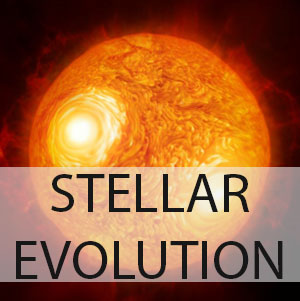


Leave a Reply
Want to join the discussion?Feel free to contribute!